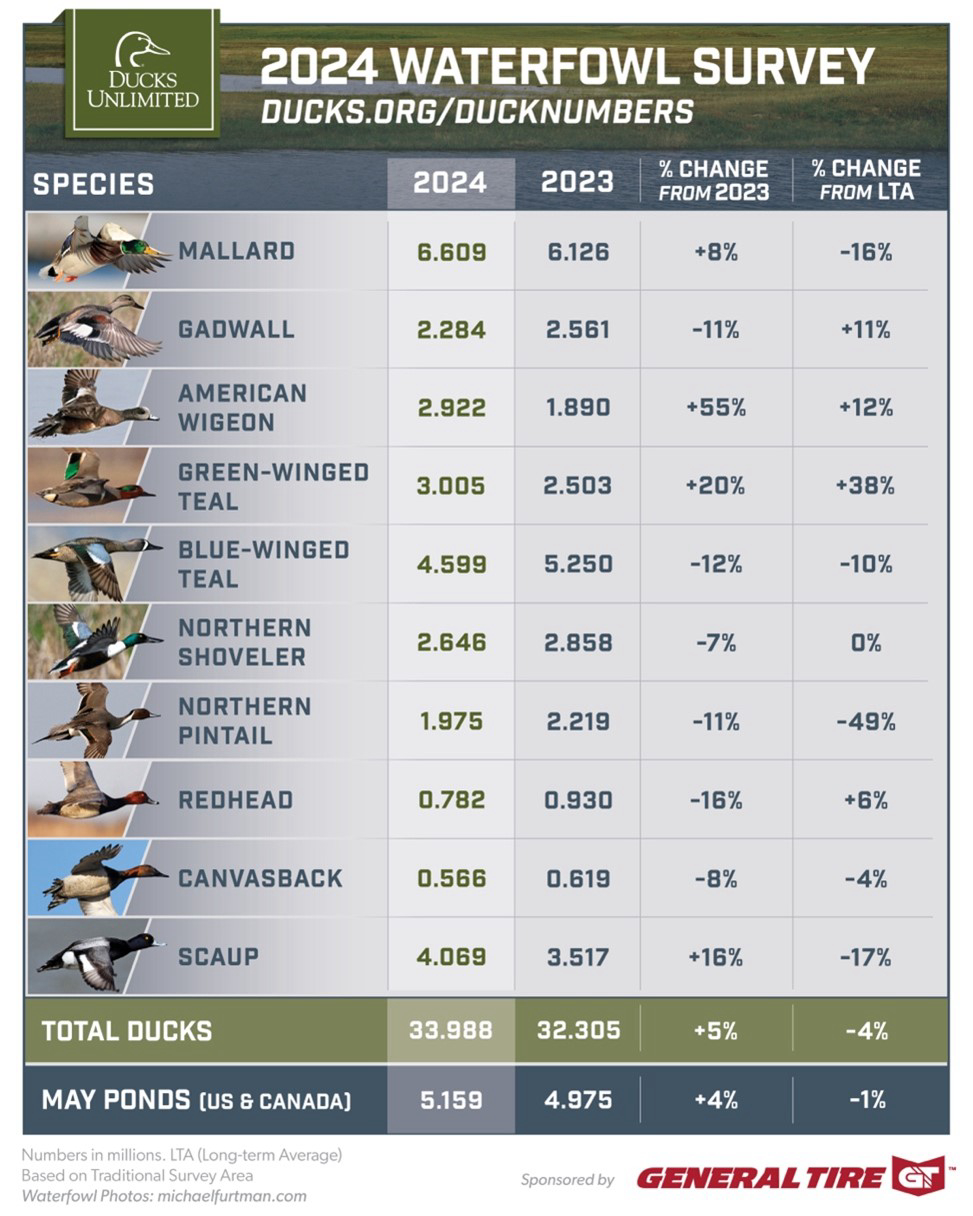The State of North America’s Birds 2016 Report Released

Washington D.C. – Wednesday, the North American Bird Conservation Initiative (NABCI) published The State of North America’s Birds 2016, the first comprehensive report assessing the conservation status of all bird species that occur in Canada, the continental United States and Mexico. The report was released by NABCI partners at the Museum of Nature in Ottawa, Canada, on behalf of all three countries, with a simultaneous event at the Canadian Embassy in Washington, DC, in partnership with International Migratory Bird Day. NABCI was created by Canada, the United States and Mexico as a tri-national commitment to protect birds and their habitats.”This report will allow us to base conservation actions on the best available science on the status of birds and their habitats in North America,” said Environment and Climate Change Canada Minister Catherine McKenna. “It is an unprecedented continental analysis, drawing on the efforts of tens of thousands of citizen-scientists from Canada, the U.S., and Mexico.”
This report shows that more than one third of all North American bird species need urgent conservation action and calls for a renewed, continent-wide commitment to saving our shared birds and their habitats. Healthy environments for birds also provide benefits to other wildlife and people, such as clean air and water, flood and erosion control, and coastal resilience. When bird populations struggle, our natural resources are stressed.
The report evaluates the conservation status of all native North American bird species across all major habitats —nine key ecosystems. It is based on the first-ever conservation vulnerability assessment for all 1,154 native bird species that occur in Canada, the continental U.S., and Mexico, and reflects a collaboration between experts from all three countries. The overall conservation status of each species takes into account its population trend, population size, extent of breeding and nonbreeding ranges, and severity of threats to populations. Methodology information, the complete assessment database, animated maps and other resources are available at stateofthebirds.org.
“This report is a superb demonstration of the power of birds, and the growing power of citizen science. Tens of thousands of Canadians, Americans, and Mexicans contributed bird sightings to help produce an unprecedented continent-wide assessment of North America’s birds,” added Dr. John W. Fitzpatrick, Executive Director of the Cornell Lab of Ornithology. “Because birds are sensitive barometers of environmental health, I encourage leaders across our three nations, in both government and industry, to consider the findings in this report, which is based on the best available science about our bird populations. Across the continent, it is the will of the people that these species and their habitats be conserved for the future.”
The State of North America’s Birds Report is being released during the Centennial year of the Migratory Bird Treaty, an agreement between the United States and Canada that promised collaborative conservation to protect the migratory birds of North America. In 1936, twenty years after the signing of the Migratory Bird Treaty, Mexico and the U.S. committed to a similar treaty, connecting all of North America in its efforts to protect our shared species. This report reflects a groundbreaking collaboration to evaluate bird populations across the continent. It calls for a renewed commitment to continental bird conservation agreements to keep our shared birds safe and healthy for the next 100 years.
The Association of Fish and Wildlife Agencies is a key NABCI partner in the United States. Three of the Association’s Committees or Working Groups- the Bird Conservation Committee, Resident Game Bird Working Group, and Migratory Shore and Upland Game Bird Working Group- are represented in the NABCI partnership. For more information about AFWA’s partnership with NABCI, contact AFWA’s Bird Conservation Program Manager, Judith Scarl jscarl@fishwildlife.org
For more information and to read the full report, visit www.stateofthebirds.org.
Learn more about the Migratory Bird Treaty Centennial celebration at www.fws.gov/birds/MBTreaty100.
For more ideas about how you can support bird conservation, visit www.stateofthebirds.org/change .
About NABCI
The North American Bird Conservation Initiative (NABCI) was created by the governments of Canada, the U.S., and Mexico in 1999 after the diplomacy that produced NAFTA. The NABCI agreement recognized birds as an international “natural economic resource.” NABCI is a trinational commitment to protecting, restoring, and enhancing populations and habitats of North America’s birds—with an integrated vision for “all birds and all habitats.” For more information, please visit: http://www.nabci-us.org/
The Association of Fish & Wildlife Agencies represents North America’s fish and wildlife agencies to advance sound, science-based management and conservation of fish and wildlife and their habitats in the public interest. The Association represents its state agency members on Capitol Hill and before the Administration to advance favorable fish and wildlife conservation policy and funding and works to ensure that all entities work collaboratively on the most important issues. The Association also provides member agencies with coordination services on cross-cutting as well as species-based programs that range from birds, fish habitat and energy development to climate change, wildlife action plans, conservation education, leadership training and international relations. Working together, the Association’s member agencies are ensuring that North American fish and wildlife management has a clear and collective voice.
Contact: Patricia Allen
Director of Communications
202-838-3461 office I 443-808-6437 cell
pallen@fishwildlife.org






